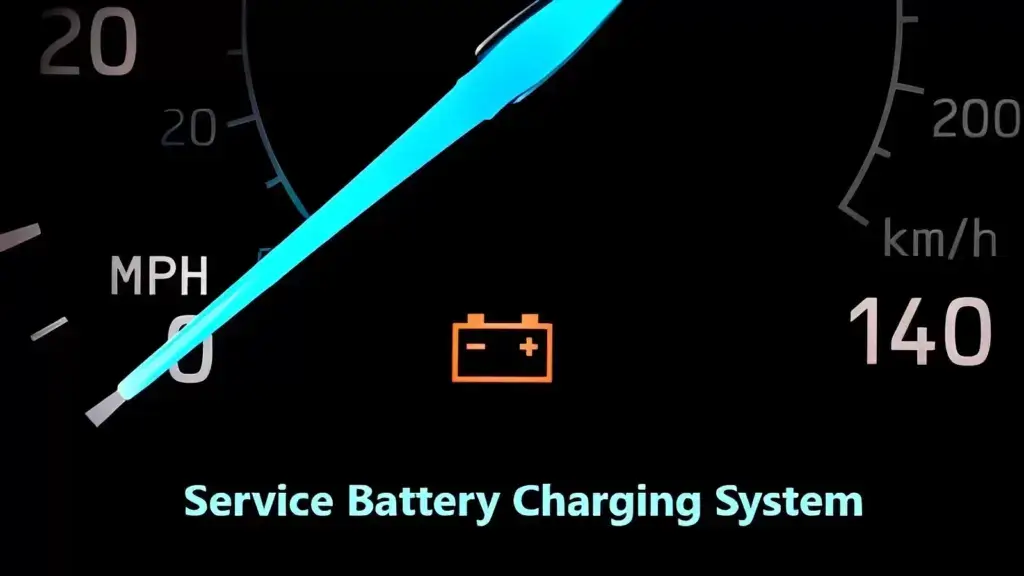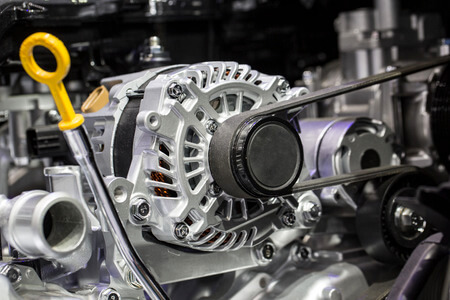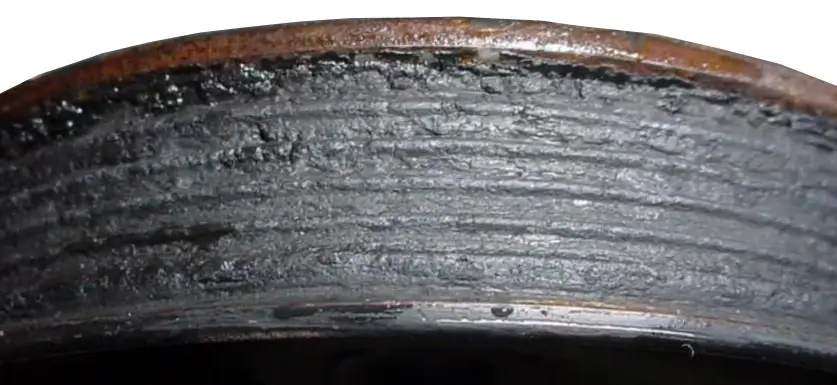Bad Alternator Symptoms: Signs Your Alternator is Failing
Learn the 5 most common bad alternator symptoms
Your car’s alternator doesn’t last forever. It usually provides some clues before it bites the dust. Here are the top five bad alternator symptoms you should act on right away.
Bad Alternator symptoms #1—Battery or charging warning light is lit
When the charging or battery light is lit, chances are your alternator,  or the voltage regulator portion of the charging circuit has failed. The failure can be an electrical failure like failed diodes or a mechanical issue like worn brushes, rotor or stator windings, or even a worn bearing.
or the voltage regulator portion of the charging circuit has failed. The failure can be an electrical failure like failed diodes or a mechanical issue like worn brushes, rotor or stator windings, or even a worn bearing.
Before you start testing the alternator function, perform a full battery test and clean the battery posts and terminals to eliminate high resistance as a possible cause. If the battery doesn’t have a full charge, use a battery charger to bring it up to full charge. See this post for helpful information on battery terminal cleaning and alternator testing.
Bad Alternator symptoms #2 —slow cranking when starting
Slow cranking can be a sign of a severely discharged battery due to a bad alternator, a parasitic current drain, or high resistance at the battery posts. See this post for information on battery drain. If you’ve ruled out a damaged battery and parasitic current drain, then it’s likely the alternator has failed to keep up with your car’s electrical demands, and the excess power draw has depleted the battery.
Bad Alternator symptoms #3—Dim headlights lights at idle
The alternator’s job is to produce all the power needed to run the vehicle’s  electrical accessories. Headlights and dash lights only consume about 15-20 amps, and that’s well within the alternator’s generating capabilities even at idle speed. So, if you’re at a stop sign and your headlights are dim, and you’re not running any other electrical accessories, you should suspect a bad alternator. In other words, any working and properly sized alternator should be able to supply 15-20 amps at idle.
electrical accessories. Headlights and dash lights only consume about 15-20 amps, and that’s well within the alternator’s generating capabilities even at idle speed. So, if you’re at a stop sign and your headlights are dim, and you’re not running any other electrical accessories, you should suspect a bad alternator. In other words, any working and properly sized alternator should be able to supply 15-20 amps at idle.
However, an alternator may not be able to supply enough power at idle to keep up with seat heaters, rear window defogger, heater blower on high AND headlights all running at the same time. If your headlights dim in that scenario, it’s not your alternator’s fault. So don’t confuse dim headlights when no other electrical loads are on with dim headlights when everything else is running.
Bad Alternator symptoms #4—Grinding or whining noise
A belt drives alternators. If the belt isn’t at the proper tension or the belt ribs are worn, it will slip around the alternator pulley, making a grinding, whining, or chirping noise. Alternators also contain a front and rear bearing that can wear out prematurely from excessive heat or tension. A grinding noise is often the sign of a failing bearing. To check for bearing noise, follow the tips in this post.
Bad Alternator symptoms #5—Burning smell
As alternator bearings fail, they produce resistance, which can cause the drive belt to slip, overheat, and burn, causing a burnt rubber smell. An overheated alternator can also deteriorate the insulation on the stator and rotor windings, which also causes a burning smell.
©, 2019 Rick Muscoplat
Posted on by Rick Muscoplat

